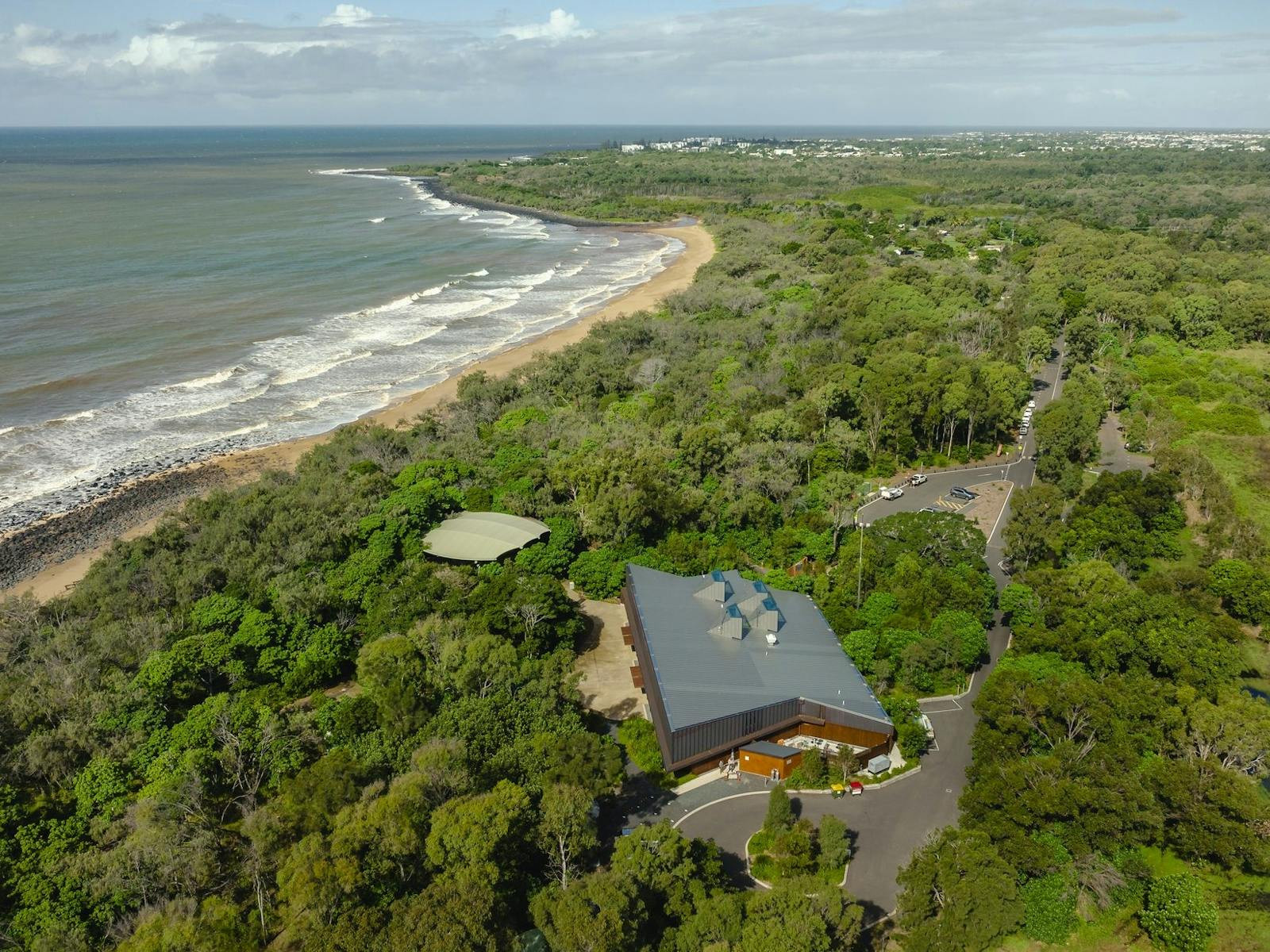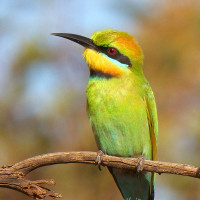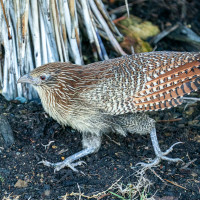Descrizione
Mon Repos Conservation Park is renowned for its significant role in marine turtle conservation, particularly for the endangered loggerhead turtles. Mon Repos hosts the largest concentration of nesting marine turtles on the eastern Australian mainland and supports the most significant loggerhead turtle nesting population in the South Pacific region. The park is also home to abundant birdlife and has lots of walking tracks.
Dettagli
Accesso
Mon Repos Conservation Park is located 14km east of Bundaberg. It is about a 4hr 30min drive north from Brisbane, 15min east of Bundaberg and 10min from Bargara. Press P on the map for directions. Train, bus and plane transport is available to Bundaberg. Between October and April, beach access is restricted to the hours of 6am and 6pm. Visitors can enjoy exploring the coastal environment along the beach, walking tracks and shared trail (for walkers and cyclists).
Terreno e habitat
Dune , Foresta , Spiaggia , MareCaratteristiche dell’area
Terreno piano , Sabbioso , Collinoso , Acqua alta possibilePercorso ad anello
NoÈ utile un cannocchiale?
Può essere utileBuona stagione per il BW
Tutto l'annoPercorso
Sentiero stretto , Strada sterrataGrado di difficoltà del percorso a piedi
Difficoltà mediaModalità di accesso
A piedi , Bicicletta , Sedia a rotelleCapanno/torretta di osservazione
NoInformazioni aggiuntive
Mon Repos is French for "My Rest" and was the name of the homestead established by Augustus Purling Barton in 1884. Barton was a pioneer of the Queensland sugar industry. The area was owned by the French Government between 1890 and 1925 after they had laid the first telegraph cable from Australia to New Caledonia. The cable came ashore on Mon Repos beach.




